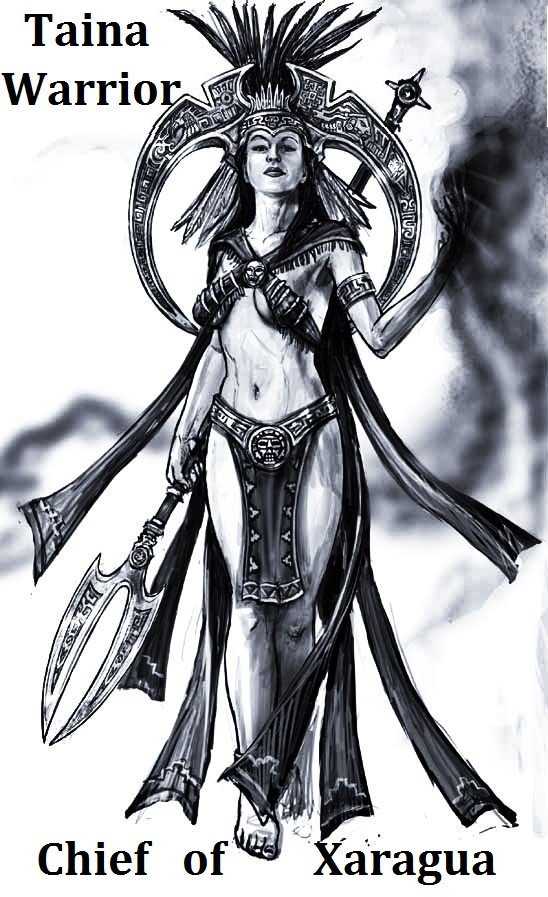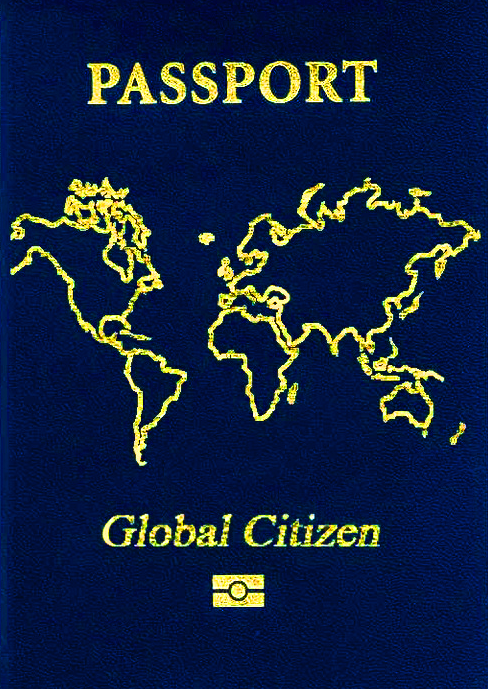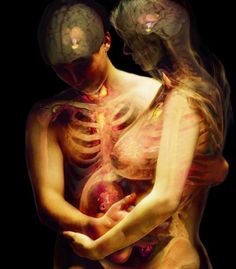Why the men of Abergele carry the rare marker is not yet known, but its high frequency could be due to the settlement of the town during the 1st to 4th centuries AD by Roman soldiers.
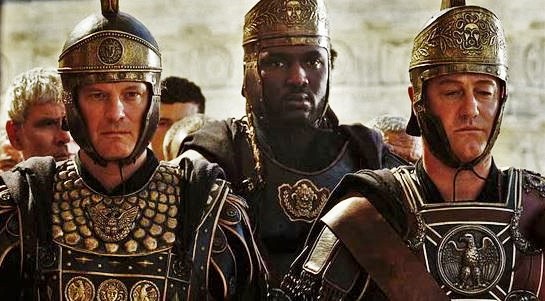
–The Last Legion Movie Still- 2007
A more likely Roman genetic legacy in the British Isles lies in the town of Abergele on the northern coast of Wales, where a curiously high percentage (as much as one third) of males bear the Y-chromosome haplogroup E1b1b1a1b (or E-V13).
Black Romans – [ARCHIVED CONTENT] UK Government Web Archive …
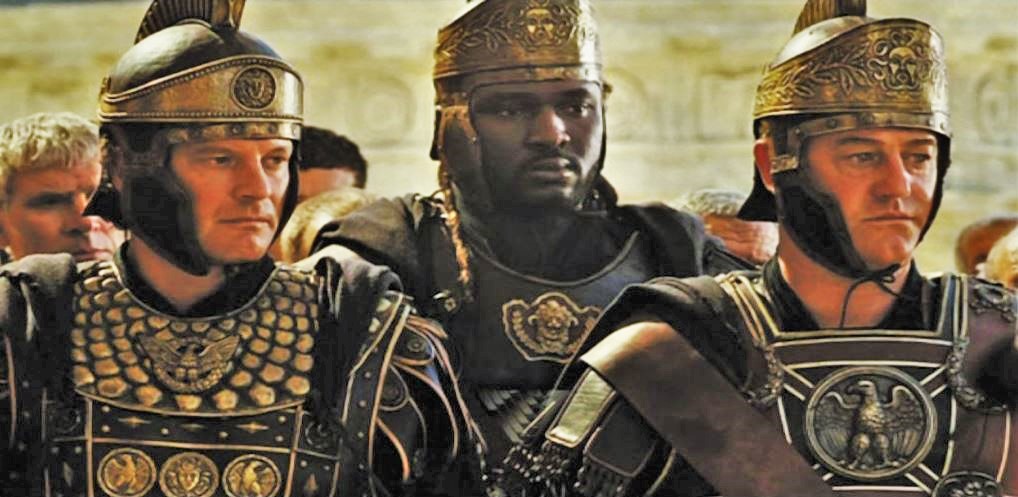
The African genetic marker remains common in the Balkans and Italy today.
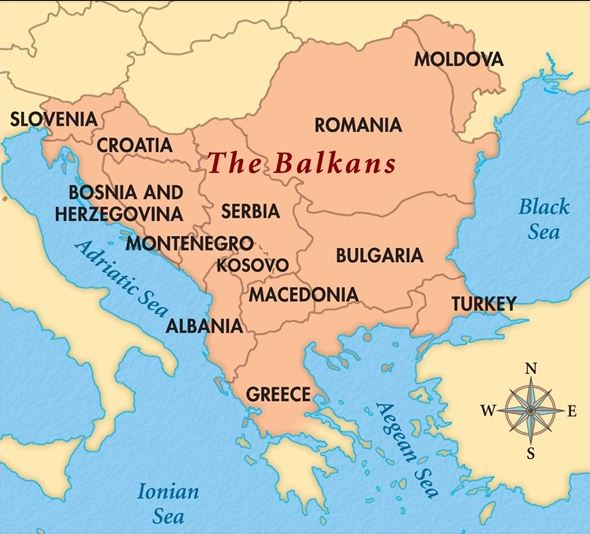
The identity of the Balkans is dominated by its geographical position; historically the area was known as a crossroads of cultures. It has been a juncture between the Latin and Greek bodies of the Roman Empire,the destination of a massive influx of pagan Bulgars and Slavs, an area where Orthodox and Catholic Christianity met, as well as the meeting point between Islam and Christianity.
In pre-classical and classical antiquity, this region was home to Greeks, Illyrians, Paeonians, Thracians, Dacians, and other ancient groups. The Achaemenid Persian Empire incorporated parts of the Balkans comprising Macedonia, Thrace, Bulgaria, and the Black Sea coastal region of Romania between the late 6th and the first half of the 5th-century BC into its territories.
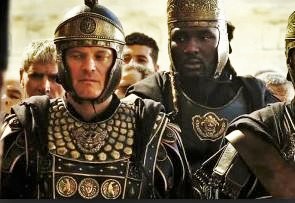
Later the Roman Empire conquered most of the region and spread Roman culture and the Latin language, but significant parts still remained under classical Greek influence. The Romans considered the Rhodope Mountains to be the northern limit of the Peninsula of Haemus and the same limit applied approximately to the border between Greek and Latin use in the region (later called the Jireček Line). The Bulgars and Slavs arrived in the 6th-century and began assimilating and displacing already-assimilated (through Romanization and Hellenization) older inhabitants of the northern and central Balkans, forming the Bulgarian Empire. During the Middle Ages, the Balkans became the stage for a series of wars between the Byzantine Roman and the Bulgarian Empires.
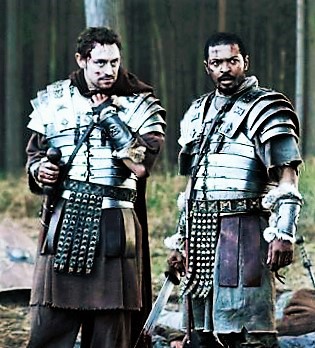
–Centurion Movie Still 2010
E-V13 is largely absent in central England, which could indicate a replacement of Romano-British people by Anglo-Saxons from the 5th century AD.
–abroadintheyard.com/surprising-ancestral-origins-revealed-by-dna-testing
Several years ago, Jobling’s team found that more than a quarter of British African-Caribbean men have a Y chromosome which traces back to Europe rather than Africa.
Genes reveal West African heritage of white Brits | New Scientist
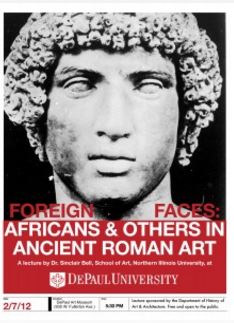
–museums.depaul.edu/events/foreign-faces-africans-and-others-in-ancient-roman-art
Historian David Olusoga explores the enduring relationship between Britain and people whose origins lie in Africa.
From the African Romans who guarded Hadrian’s Wall in the 3rd century AD, to the black trumpeter of the Tudor courts, David uncovers a history that is as surprising as it is revealing.
The word ‘Moor’ comes from Mauretania, a province of the empire covering part of Morocco and Algeria.
There was a cavalry regiment in the Roman army called Feroces Mauri – ‘The ferocious Moors’
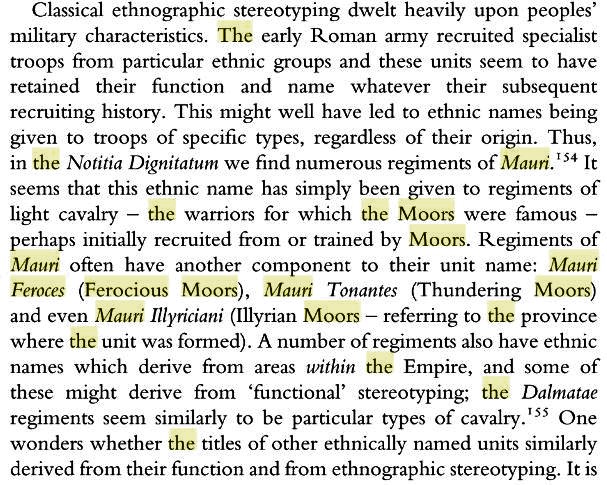
–Barbarian Migrations and the Roman West, 376-568
Mosaic With Hunting Scenes Roman (3rd century A.D.) Mosaic
Musée National du Bardo, Tunis.
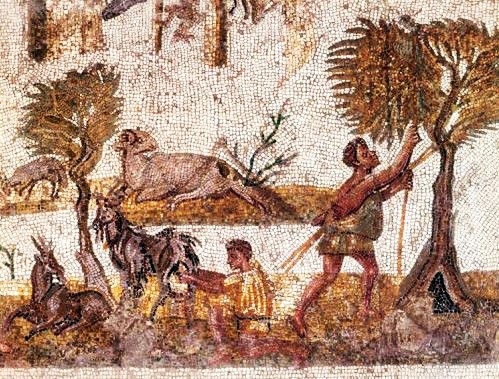
–ancient-art-week-mosaic-with-hunting-scenes
The acquired for the province of Africa was the site of the ancient city of Carthage. Other large cities in the region included Hadrumetum (modern Sousse, Tunisia), capital of Byzacena, Hippo Regius (modern Annaba, Algeria). The province was established by the Roman Republic in 146 BC, following the Third Punic War.
Rome established its first African colony, Africa Proconsularis or Africa Vetus (Old Africa), governed by a proconsul, in the most fertile part of what was formerly Carthaginian territory. Utica was formed as the administrative capital. The remaining territory was left in the domain of the Numidian client king Massinissa. At this time, the Roman policy in Africa was simply to prevent another great power from rising on the far side of Sicily.
In 118 BC, the Numidian prince Jugurtha attempted to reunify the smaller kingdoms. However, upon his death, much of Jugurtha’s territory was placed in the control of the Mauretanian client king Bocchus; and, by that time, the romanization of Africa was firmly rooted. In 27 BC, when the Republic had transformed into an Empire, the province of Africa began its Imperial occupation under Roman rule.
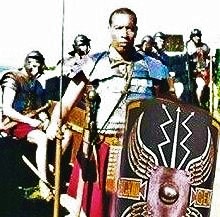
—blackpresence.co.uk/black-romans
“numerus of Aurelian Moors” – a unit of North Africans, probably named after the emperor Marcus Aurelius.
In AD122 Hadrian ordered a mighty frontier system to be built across the north of Britain. The result was Hadrian’s Wall, a 73 mile barrier stretching from the Solway Firth on the west coast of Britain to the River Tyne on the east coast.
Black people involved building Hadrians wall? | Yahoo Answers
“Color” didn’t determine your status… There were as many “White” slaves as there were people of color…
Thanks for sharing!
In this fascinating historical documentary, historian Dan Snow follows in the footsteps of the Emperor to North Africa and discovers one of the most powerful and enigmatic rulers and characters in world history.
The unit would have been blooded in battles in Germany and the Danube where more inscriptions refer to a unit of Moors. Their number is unknown, but the fort could have held up to 500 men.
The unit is likely to have been composed of Berbers from North Africa, but may also have had darker-skinned soldiers from Nubia.
Roman gold and garnet African head earrings, 1st-2nd century AD
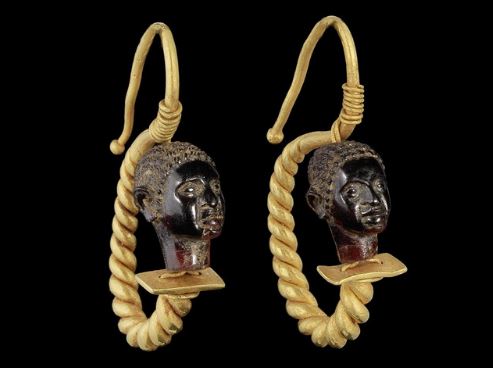
In 1989, archaeologists discovered a 1,900-year-old wooden sculpture of a black African head in London carved in the first century.
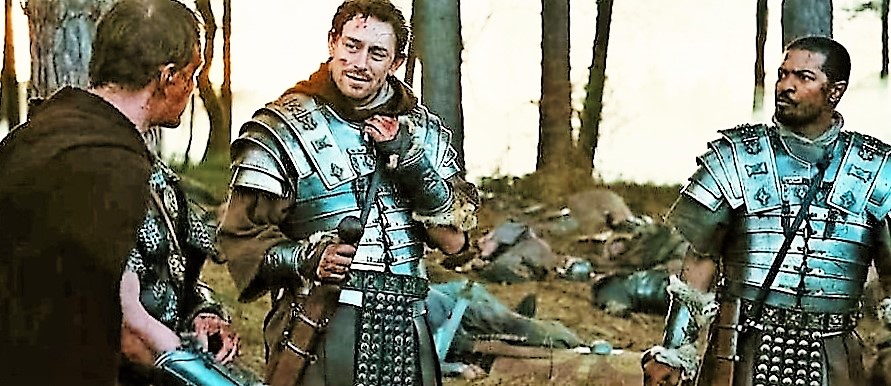
–Centurion Movie still
Contemporary records also point to Africans living in Britain during the Roman occupation. The emperor Septimus Severus is reported to have been approached by a black African soldier while he crossed Hadrian’s Wall on his return from a battle in Scotland.
–Borders-folk-may-be-descended-from-Africans
A Roman Bronze Oil Lamp in the Shape of the Head of an African
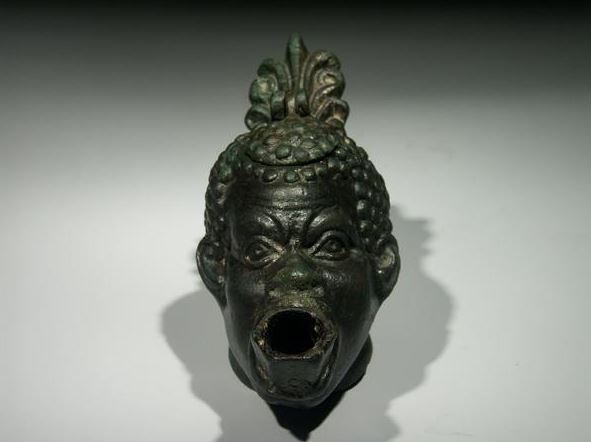
description: A wonderful and highly detailed lamp. The body has the shape of the head of a Nubian, with all the features well marked. His hair is shown in tight, round curls. His brow is furrowed, which gives him a rather angry look. The nozzle of the lamp projects from his open mouth. There is a circular filling hole at the top of his head, with a hinged round cover, decorated with hair. The cover can still be opened. A ring handle is attached to the back of the head, its upper portion framed by a palmette. The circular base shows concentric moldings.
For parallels see D.M. Bailey, A Catalogue of the Lamps in the British Museum, IV: Lamps of Metal and Stone, and Lamp Stands (London, 1996), pl. 15, nos. Q3579–Q3581.
provenance: Dutch private collection; previously French collection, acquired from Charles Ede, London.
culture: Roman
dating: 1st century B.C. – 1st century C.E.
Roman Mosiac 2nd Century
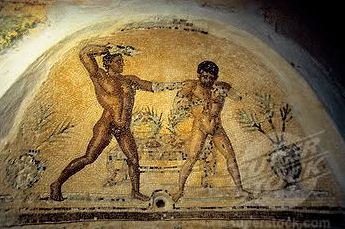
Several political and provincial reforms were implemented by Augustus and later by Caligula, but Claudius finalized the territorial divisions into official Roman provinces. Africa was a senatorial province. After Diocletian‘s administrative reforms, it was split into Africa Zeugitana (which retained the name Africa Proconsularis, as it was governed by a proconsul) in the north and Africa Byzacena in the south, both of which were part of the Dioecesis Africae.
The region remained a part of the Roman Empire until the Germanic migrations of the 5th century. The Vandals crossed into North Africa from Spain in 429 and overran the area by 439 and founded their own kingdom, including Sicily, Corsica, Sardinia and the Balearics. The Vandals controlled the country as a warrior-elite. They also persecuted Catholicism, as the Vandals were adherents of Arianism (the semi-trinitarian doctrines of Arius, a priest of Egypt). Towards the end of the 5th century, the Vandal state fell into decline, abandoning most of the interior territories to the Mauri and other Berber tribes of the desert.
African Man: Roman, 1st/2nd Century AD, Marble
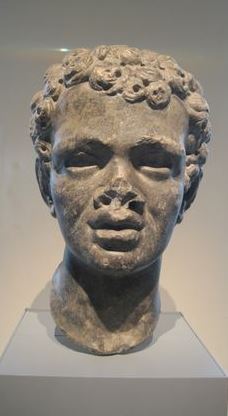
Of Gods & Glamour exhibit at the Art Institute Chicago
In AD 533, Emperor Justinian, using a Vandal dynastic dispute as pretext, sent an army under the general Belisarius to recover Africa. In a short campaign, Belisarius defeated the Vandals, entered Carthage in triumph and re-established Roman rule over the province. The restored Roman administration was successful in fending off the attacks of the Amazigh desert tribes, and by means of an extensive fortification network managed to extend its rule once again to the interior.
The North African provinces, together with the Roman possessions in Spain, were grouped into the Exarchate of Africa by Emperor Maurice. The exarchate prospered, and from it resulted the overthrow of the emperor Phocas by Heraclius in 610. Heraclius briefly considered moving the imperial capital from Constantinople to Carthage.
After 640, the exarchate managed to stave off the Muslim Conquest, but in 698, a Muslim army from Egypt sacked Carthage and conquered the exarchate, ending Roman and Christian rule in North Africa.
news.nationalgeographic.com/british-genes
Map of the Roman Empire
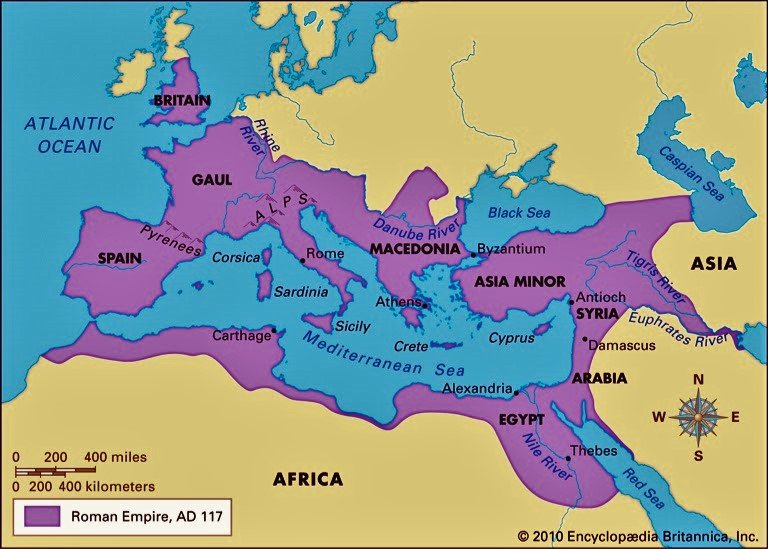
dailymail.co.uk/news/article-431948/Yorkshireman-share-DNA-African-tribes
The African province was amongst the wealthiest regions in the Empire (rivaled only by Egypt, Syria and Italy itself) and as a consequence people from all over the Empire migrated into the Roman Africa Province, most importantly veterans in early retirement who settled in Africa on farming plots promised for their military service. Historian Theodore Mommsen estimated that under Hadrian nearly 1/3 of the eastern Numidia population (roughly modern Tunisia) was descended from Roman veterans.
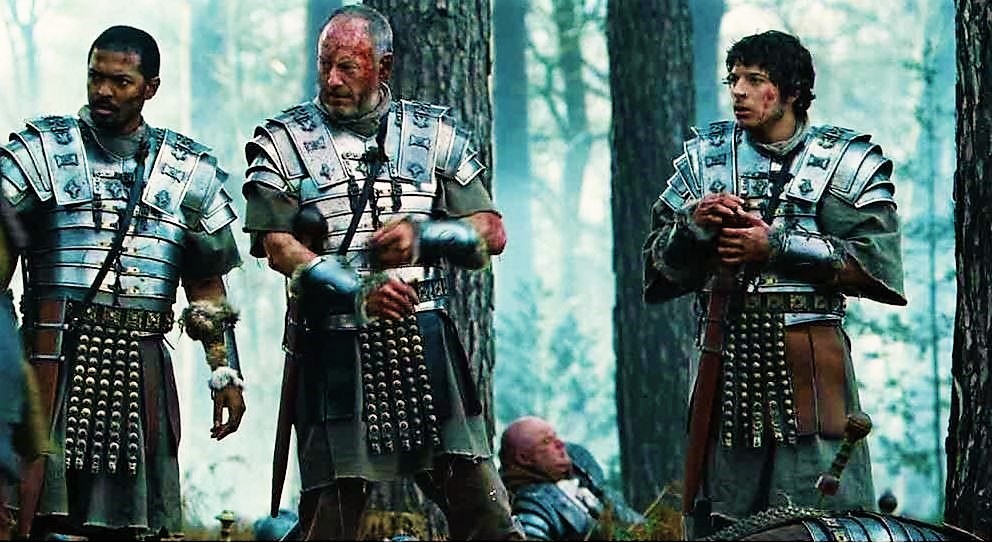
–Centurion Movie still 2010
Even so, the Roman military presence of North Africa was relatively small, consisting of about 28,000 troops and auxiliaries in Numidia and the two Mauretanian provinces. Starting in the 2nd century AD, these garrisons were manned mostly by local inhabitants. A sizable Latin speaking population developed that was multinational in background, sharing the north African region with those speaking Punic and Berber languages. Imperial security forces began to be drawn from the local population, including the Berbers.
Roman Africans
All the great cities in, North Africa, Egypt, Syrian/levant, Asia minor were all built by local people with local resources.
–TAHIA DZAIR

The amphitheatre of Thysdrus (modern El Djem)
Abun-Nasr, in his A History of the Maghrib, said that “What made the Berbers accept the Roman way of life all the more readily was that the Romans, though a colonizing people who captured their lands by the might of their arms, did not display any racial exclusiveness and were remarkably tolerant of Berber religious cults, be they indigenous or borrowed from the Carthaginians. However, the Roman territory in Africa was unevenly penetrated by Roman culture. Pockets of non-Romanized Berbers continued to exist throughout the Roman period, even in such areas as eastern Tunisia and Numidia.”
Unmistakable African origin is the cultured Numidian King Juba
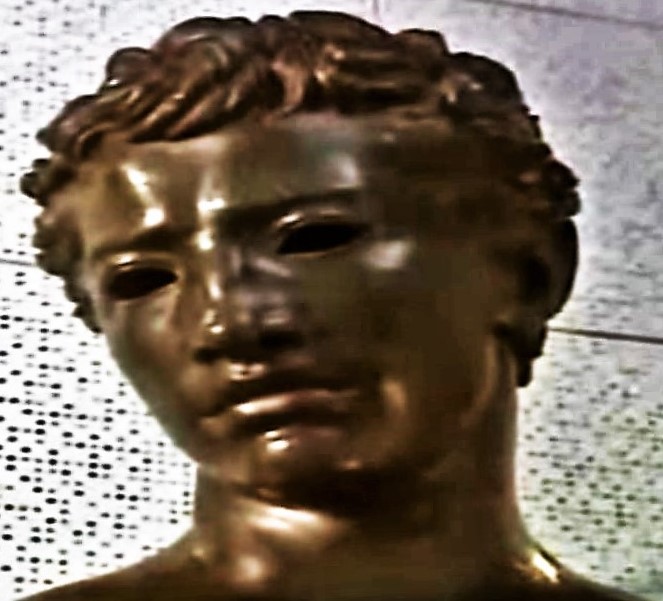
Bear witness to the racial mix that flourished in North Africa and to the civilizations that resulted from it perhaps more than any other city flueless serves as one of the finest examples of Rome’s integration of African lands.
–Roman Documentary
In South Shields, a Roman tombstone refers to a 20-year-old “Moor by race, the freed slave of Numerians“.
telegraph.co.uk/news/uknews/Borders-folk-may-be-descended-from-Africans
Archaeologists say there is compelling evidence that a 500-strong unit of Moors manned a fort near Carlisle in the third century AD.
Wandering musicians . Fresco from Stabiae . Inv . № 9034. Naples , National Archaeological Museum
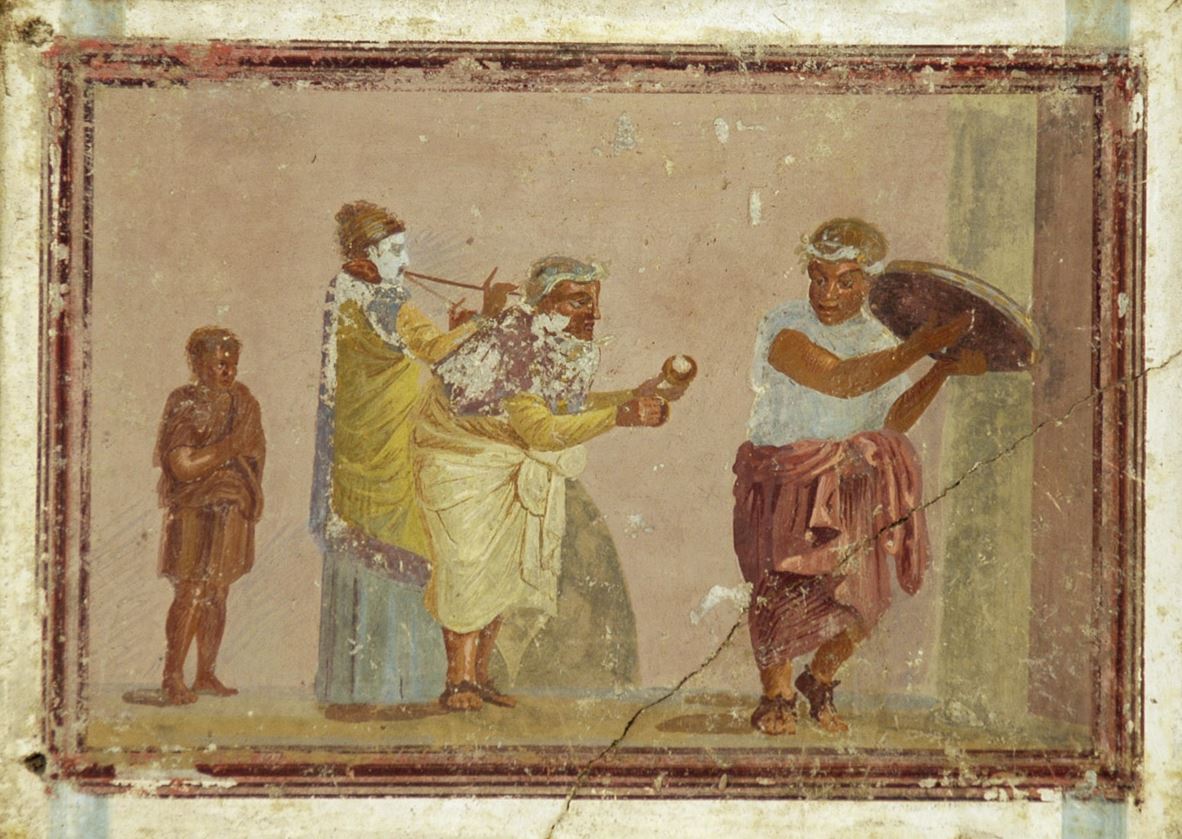
By the end of the Western Roman Empire nearly all of the Maghreb was fully romanized, according to Mommsen in his The Provinces of the Roman Empire and the Roman Africans enjoyed a high level of prosperity. This prosperity (and romanization) touched partially even the populations living outside the Roman limes (mainly the Garamantes and the Getuli), who were reached with Roman expeditions to Sub-Saharan Africa.
The willing acceptance of Roman citizenship by members of the ruling class in African cities produced such Roman Africans as the comic poet Terence, the rhetorician Fronto of Cirta, the jurist Salvius Julianus of Hadrumetum, the novelis Apuleius of Madauros, the emperor Septimius Severus of Lepcis Magna, the Christians Tertullian and Cyprian of Carthage, and Arnobius of Sicca and his pupil Lactantius; the angelic doctor Augustine of Thagaste, the epigrammatist Luxorius of Vandal Carthage, and perhaps the biographer Suetonius, and the poet Dracontius.
— Paul MacKendrick, The North African Stones Speak (1969), UNC Press, 2000, p.326
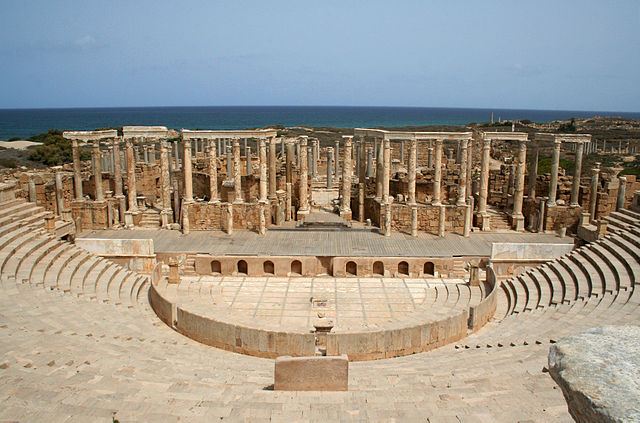
–Wiki Leptis Magna Theatre, Libya by David Gunn
There were many romans in africa, There were also roman legions that were made up of both african and roman soldiers Claudius the roman emperor used Ethiopeans against the celts who had never seen a black man and was one of the first cases of physiological warfare because the celts became so frightened they abandoned the field of battle and young Julius Caesar used an army of half roman half african youths to fight his way north up the african coast after he was kidnapped by pirates he eventually caught up with the pirates as he said he would to the pirate leader and had them killed.
Thanks for sharing! Great channel subscribe.
The Roman province of Africa Proconsularis was established after the Romans defeated Carthage in the Third Punic War. It roughly comprised the territory of present-day northern Tunisia, the northeast of modern-day Algeria, and the small Mediterranean Sea coast of modern-day western Libya along the Syrtis Minor.
It was the richest province in the western part of the empire. The Arabs later named roughly the same region as the original province Ifriqiya, a rendering of Africa, from the Latin language.
The African provinces were amongst the wealthiest regions in the Empire (rivaled only by Egypt, Syria and Italy itself) and as a consequence people from all over the Empire migrated into the Roman Africa Province, most importantly veterans in early retirement who settled in Africa on farming plots promised for their military service. Historian Theodore Mommsen estimated that under Hadrian nearly 1/3 of the eastern Numidia population (roughly modern Tunisia) was descended from Roman veterans.
Other alternative theories on this subject regarding curious African images?
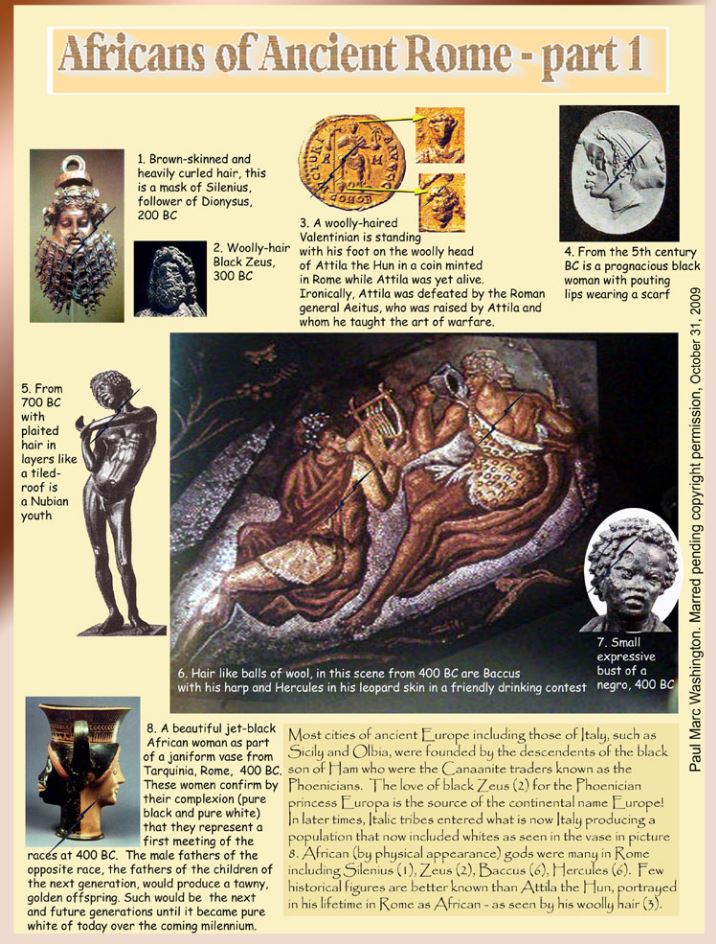











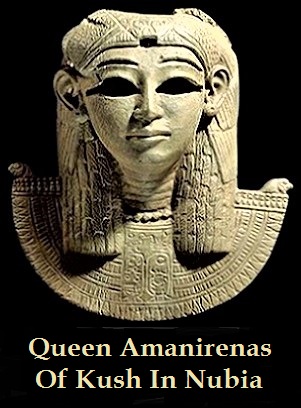
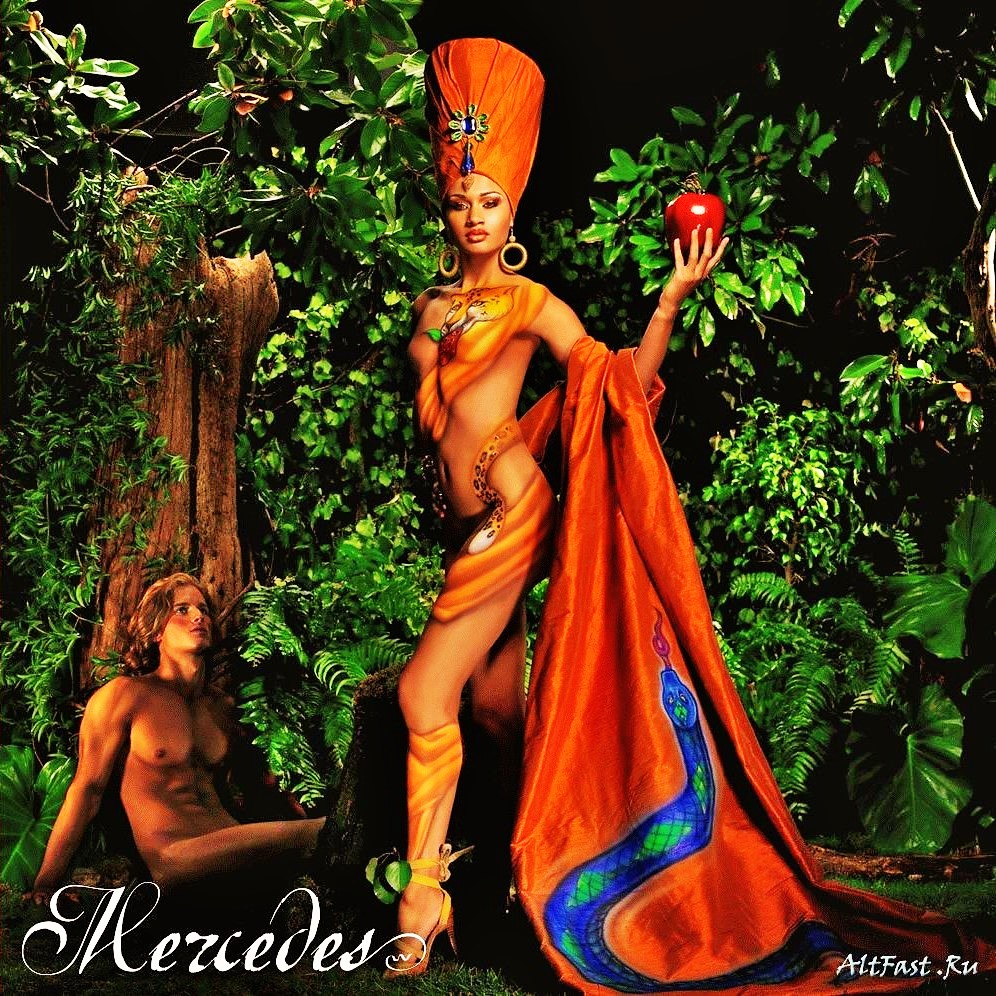

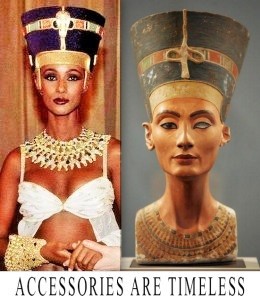
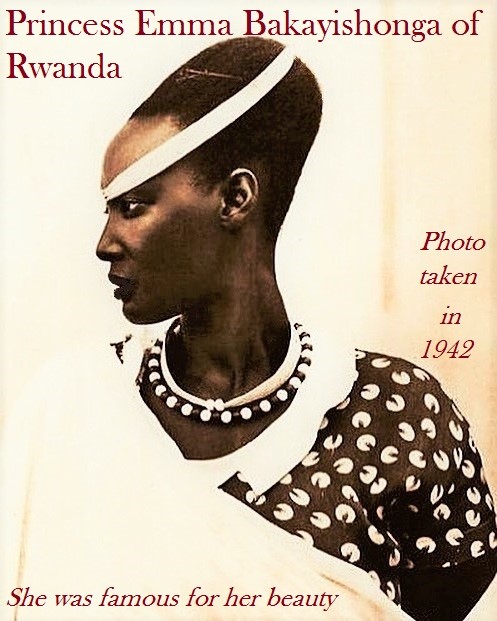
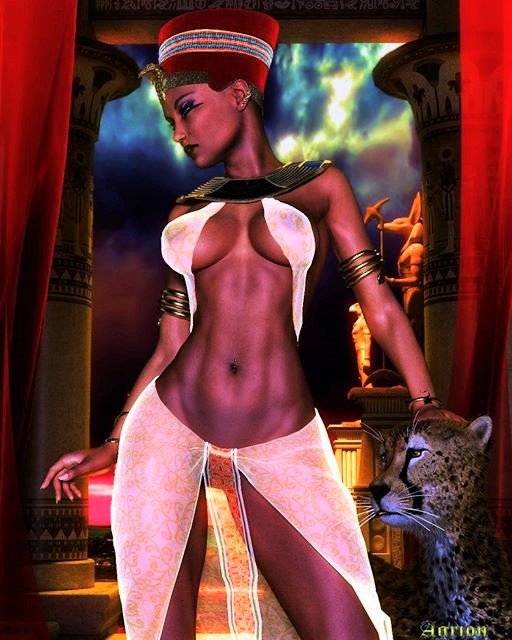
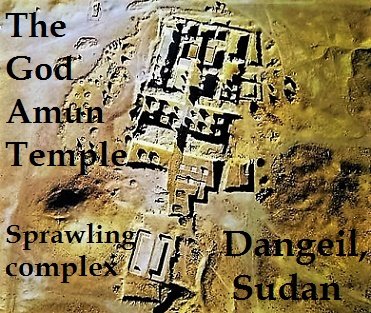
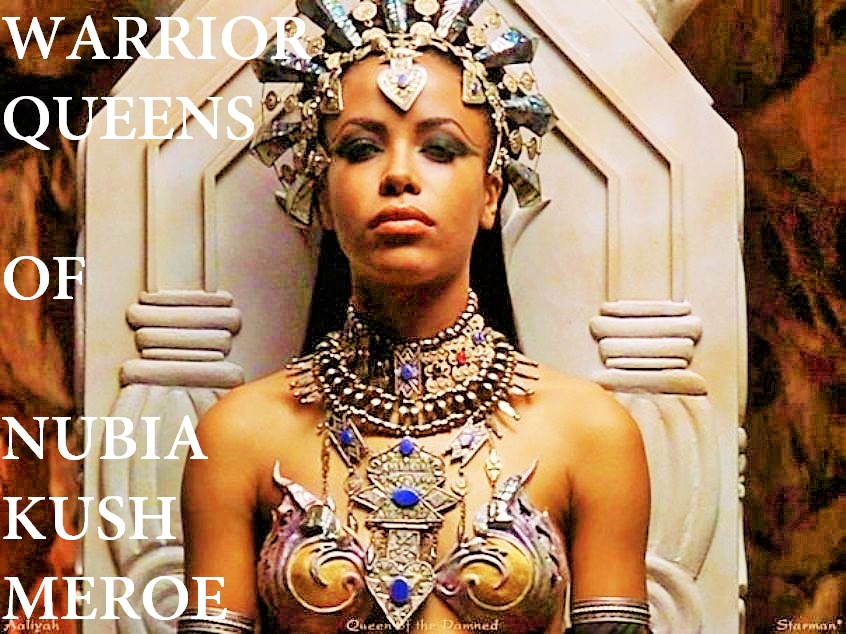
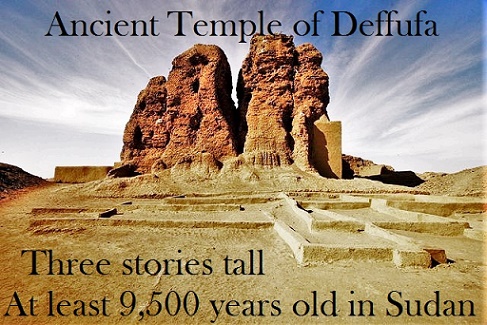
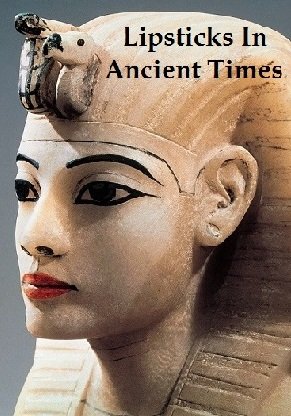

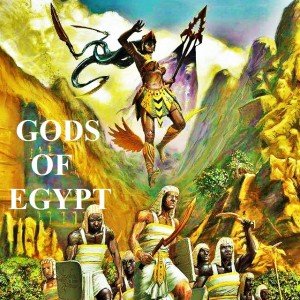

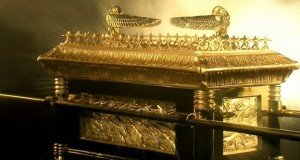
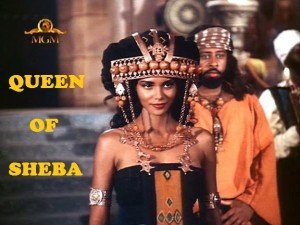
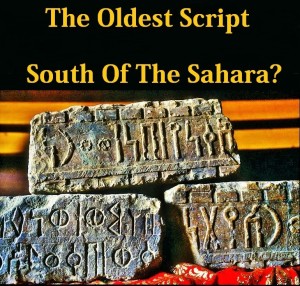

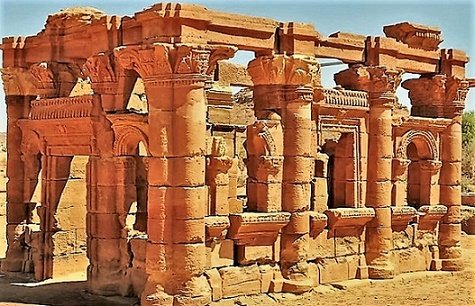
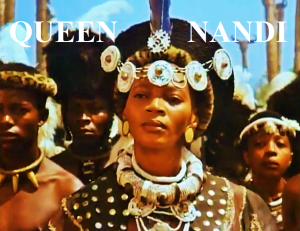
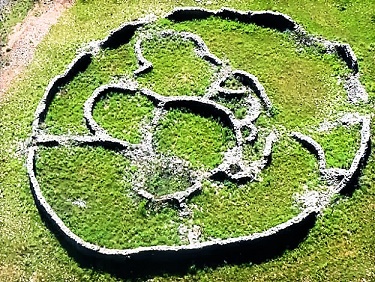
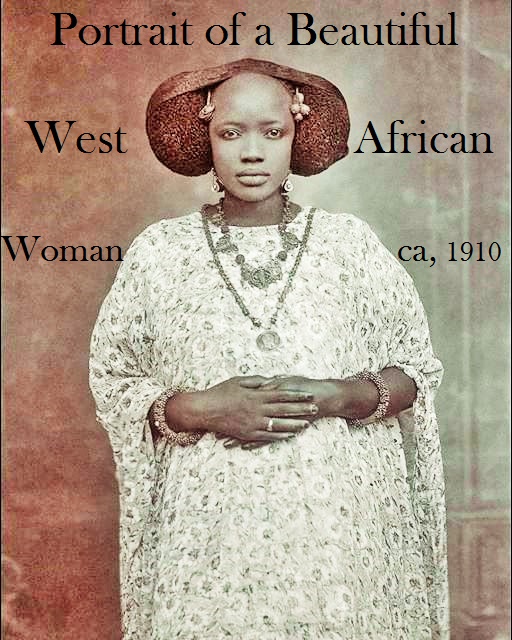
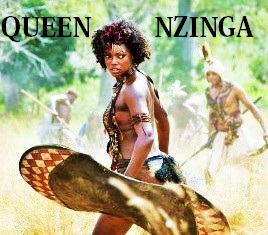

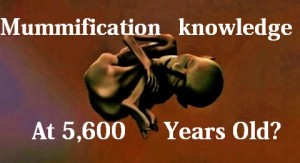
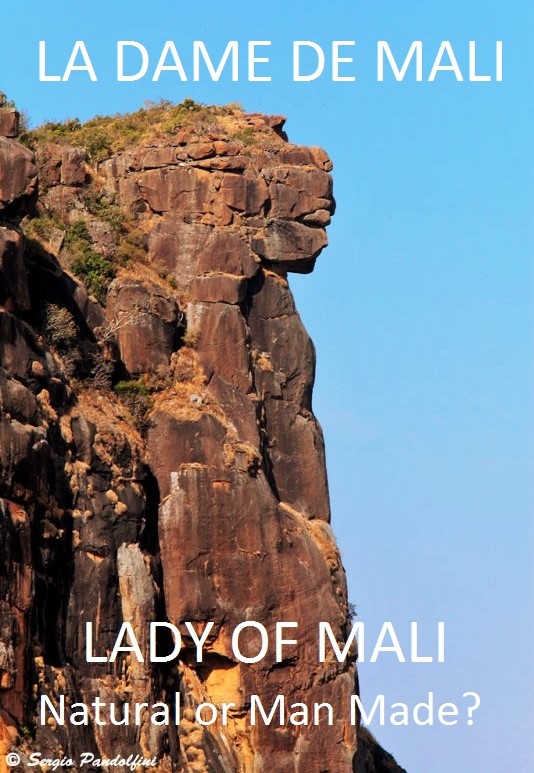

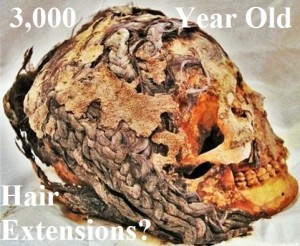
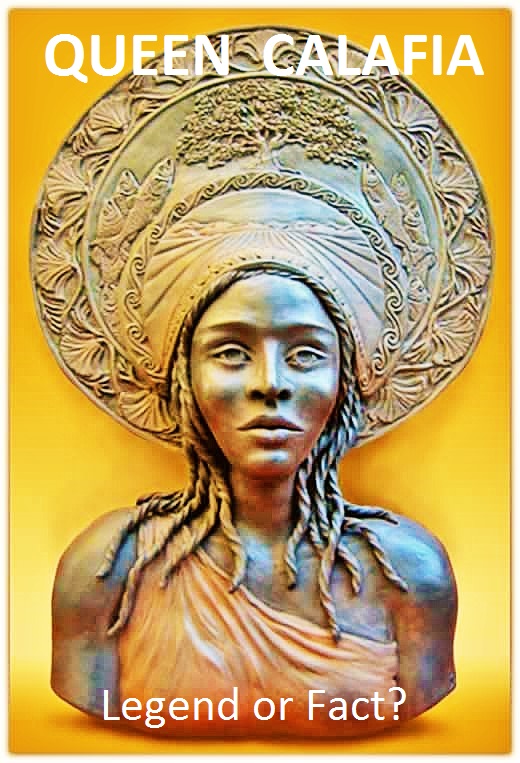
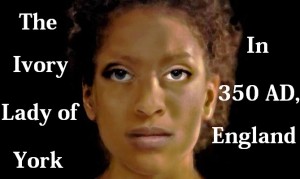
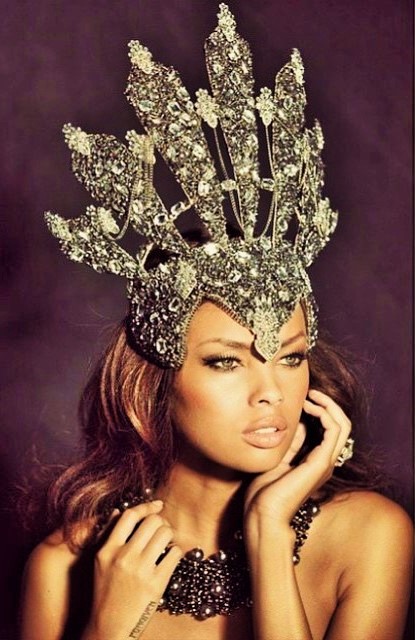




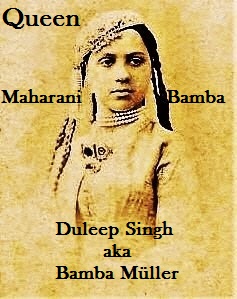
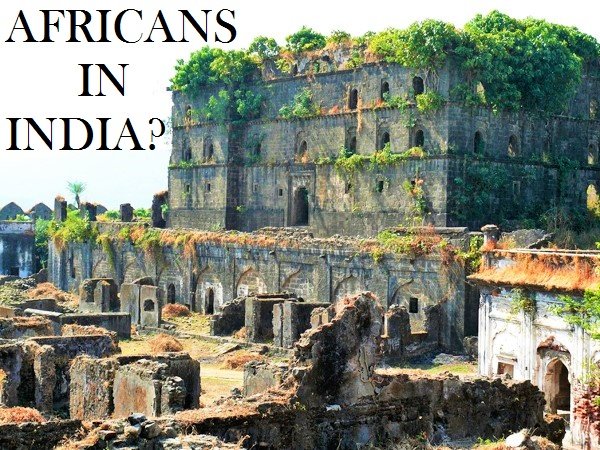
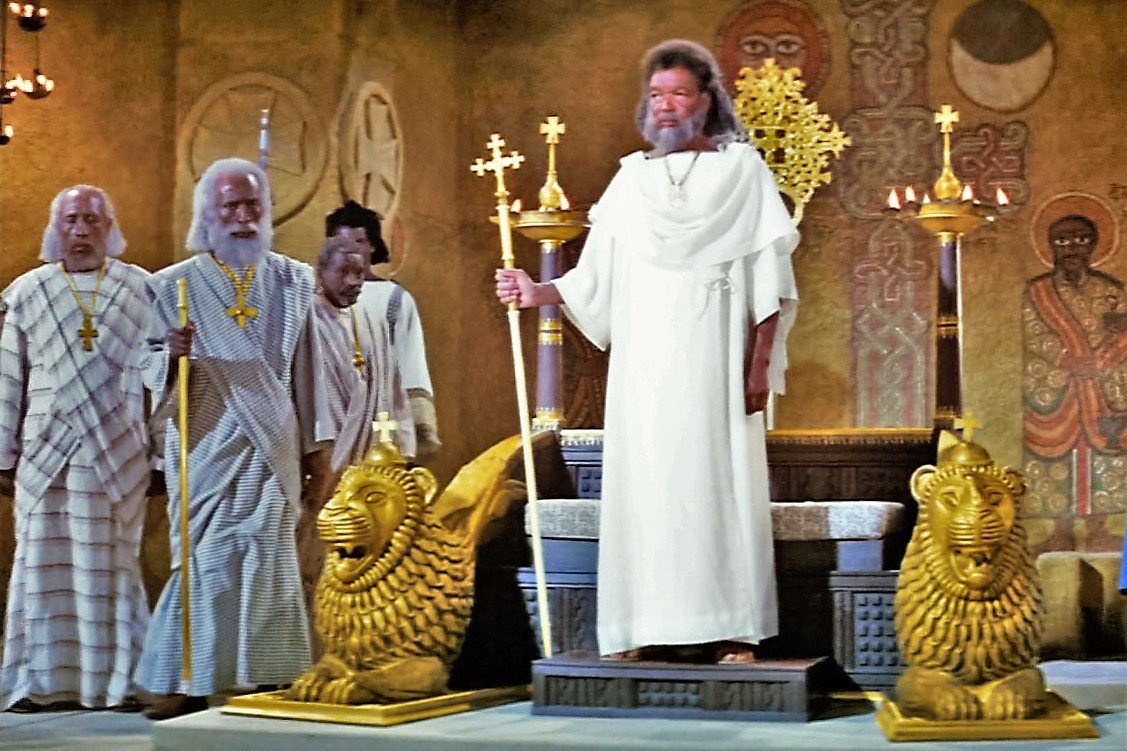
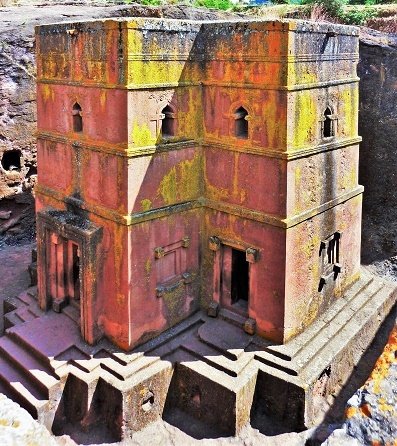
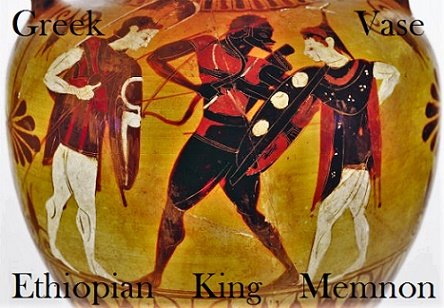
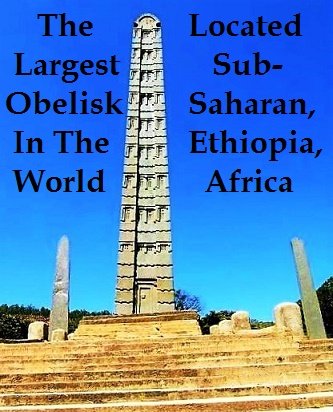
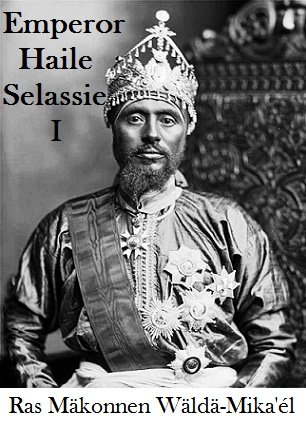
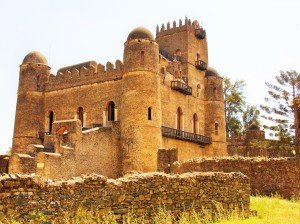
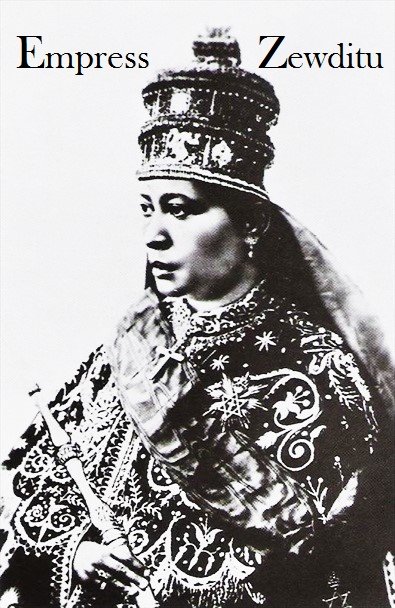

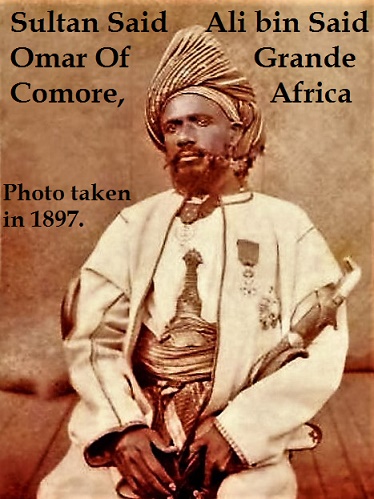
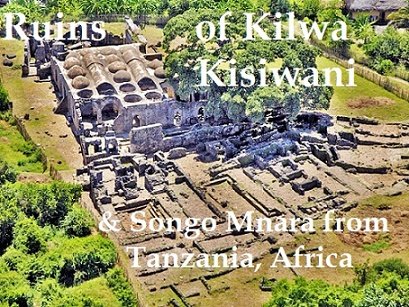
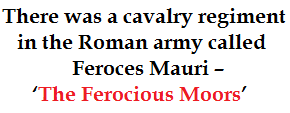
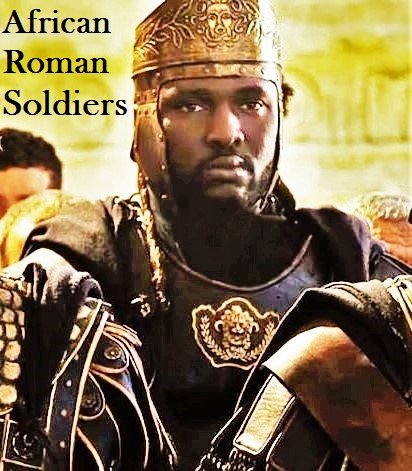




 Take care of your body, it's the only
Take care of your body, it's the only



